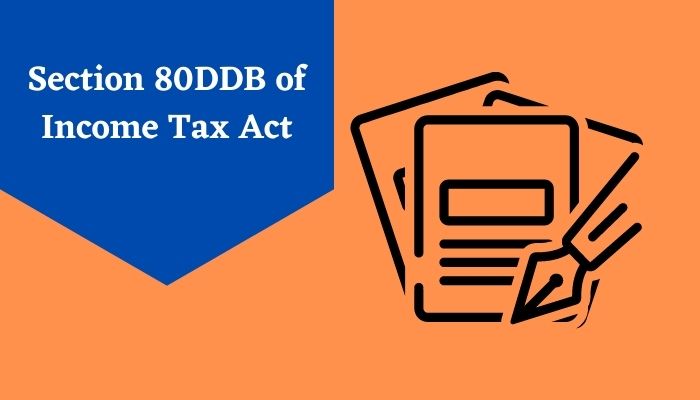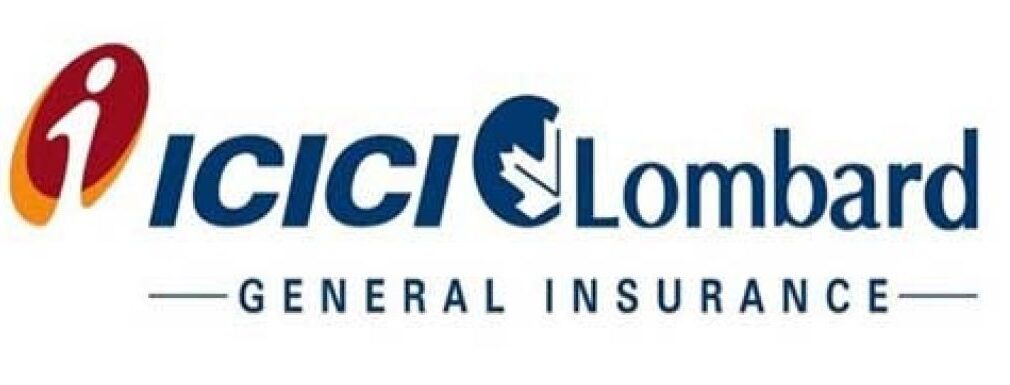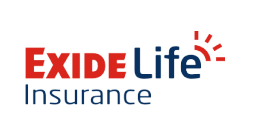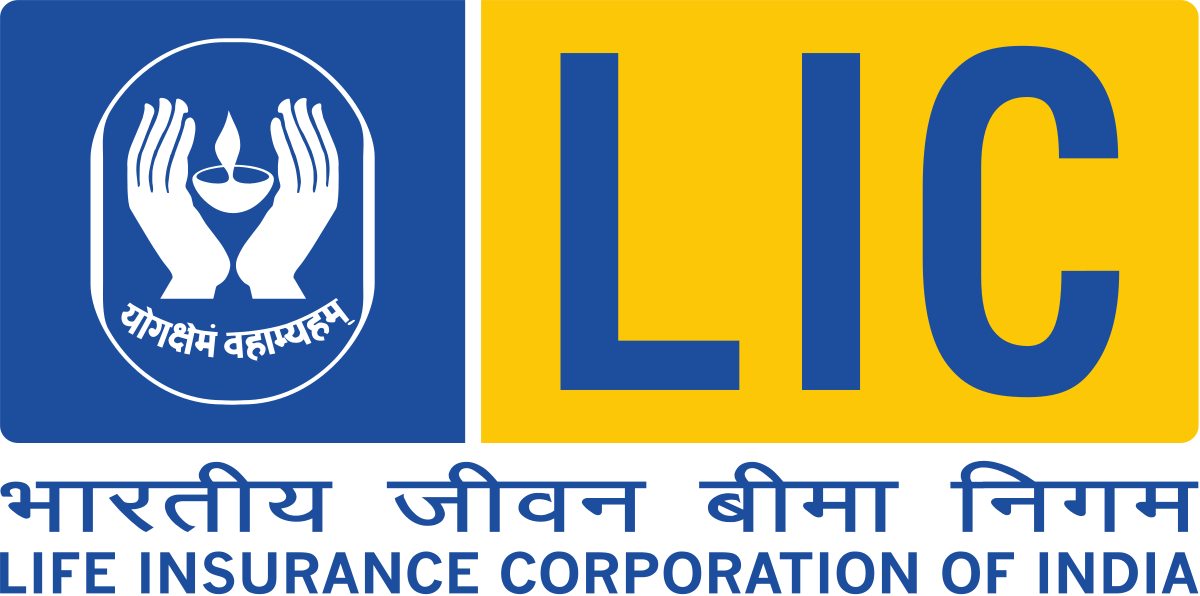Best investment plans for monthly income
Ashish earns a monthly take-home of Rs 30,000. He doesn’t save much, splurging most of his salary on outings, movies, and shopping. His colleague Saurabh who also earns a monthly salary of Rs 30,000, manages to set aside 10% of his salary (Rs 3,000) every month towards an investment plan. Following Saurabh’s footsteps, Ashish starts to save Rs 3,000 every month towards an investment plan to double his money in a few months or years with little or no risk.
Like Ashish and Saurabh, if you too have a considerable disposable amount in your hands, then investing it in plans that offer regular monthly income is a great idea. This ensures that your unused funds begin to pay dividends or generate profits.
What is a Monthly Income Plan (MIP)?
A monthly income plan is a type of investment in which an investor makes a one-time deposit and receives monthly income. Monthly income schemes include, among other things, monthly income fixed deposits, SCSS, POMIS, and SWP mutual funds. All of these investment options have one thing in common: a guaranteed monthly income.
Each investment is distinct in terms of risk, features, terms, and conditions. These funds are either backed by the government or administered by a third party. In any case, investing in such schemes is really simple and basic.
Who Should invest in a Monthly Income Plan?
A MIP scheme is a viable investment choice for retirees with a limited source of consistent income due to the ideal balance of risk and profit. Aside from providing them with a monthly stream of income, such a strategy would also allow retirees to budget for unexpected needs. Investors who are risk-averse and prefer a prudent approach to invest can also put their money in the Monthly Investment Scheme.
Individuals in higher tax brackets should explore MIPs for increased tax efficiency, whilst those in lower tax brackets who want to increase their earning potential should pick the growth-oriented alternative of these schemes. It will assist them in earning larger returns and lowering their associated tax burden.
What are the best Monthly Income Investments?
The following are the greatest investment ideas to help you earn a consistent income:
Fixed Deposit (FD)
A Bank Fixed Deposit scheme requires you to invest a predetermined amount of money for a predetermined period of time, after which you will receive monthly interest payments on your deposit. The length of time your FD has been open determines the interest rate. Most banks typically offer FDs at an interest rate of 8-9 per cent. However, this rate may rise in the near future, making FD a more appealing option for those with a low-risk tolerance quotient.
Post Office Monthly Income Scheme (POMIS)
The Post Office Monthly Income System enables you to deposit money into individual or joint accounts and earn interest in the form of monthly payments until the investment matures.
Long-term Government Bond
Despite having a long-fixed maturity date (15-20 years), government bonds generally offer an average return of 8% twice a year. Therefore, you can combine them with other investments and make money throughout the year. At maturity, you’ll also get your entire principal back. Long-term government bonds are often sold on the secondary market, which means that they can be purchased whenever you choose.
Mutual Funds
Mutual funds are a kind of investment in which a pool of money collected from a large number of investors is invested in a diverse set of asset classes (such as stocks and bonds). Mutual funds are moderate to high-risk instruments with investment periods in the range of several years, and have historically generated higher returns as compared to that of low-risk investments. Mutual funds also offer a Systematic Withdrawal Plan that redeems units held by the investor each month.
Dividend Stocks
Stocks are a great way to diversify an investor’s portfolio, and because of the long-term rise in index values in the securities market, wealth accumulation through equities is usually higher than any other financial product. Dividends are part of the profit that a company earns in a fiscal year and are distributed proportionally to shareholders. Investors can see stocks of companies that provide dividends on a regular basis and maintain strong fundamentals to ensure such income regularity.
Senior Citizen Saving Scheme
Individuals aged 60 and up are eligible to invest in this low-risk, high-return investing scheme. The scheme has a 9% interest rate, and the interest money is paid out every three months throughout the year. The scheme’s maturity period is 5 years; however, it can be extended for additional 3 years.
Public Provident Fund
The Public Provident Fund (PPF) is a state investment plan that allows its members to make long-term investments without risk. The government updates and pays the interest rate on a PPF account every quarter. The maturity period for PPF investments is 15 years. However, you can only withdraw a portion of the money in your PPF account after 6 years. A loan can be taken out against the balance of a PPF account, on the other hand. Under section 80C of the Income Tax Act, PPF donations (up to Rs 1.5 lakh per year) are tax-deductible.
Gold Exchange Traded Funds
Gold ETFs are instruments that function as a combination of stocks and gold investments. These shares are traded on the National Stock Exchange and can be purchased and sold in the same way that any other company stock can.
Real Estate
Real estate investment carries a modest risk, but the odds of property prices rising are extremely high. Real estate assets can be liquidated at any time if the investor or property owner so desires. For significant profits, investors might invest in commercial or residential properties, as well as Real Estate Mutual Funds.
Unit Linked Insurance Plans (ULIP)
The premium for a ULIP can be paid monthly or annually by the investor or policyholder. Investors are expected to pay an annual premium in order to support ULIP. A portion of the premium is utilised to provide insurance coverage, while the remainder is invested in the policyholder’s selected fund (Equity, Debt, or Hybrid). Based on the ULIP plan selected, the beneficiaries will receive insurance coverage or a market fund, whichever is higher.
Conclusion
A regular monthly earning is essential to ensure all daily needs are fulfilled and that a household’s survival is never jeopardised, even in the most difficult of circumstances. Income-producing investments not only give financial security but also allow individuals to increase liquidity and explore other investment possibilities with a supplementary source of income, thereby increasing wealth and ensuring financial freedom.
FAQs:
What are the risk elements I should think about when deciding on Investment Options?
Market fluctuation, time horizon, personal risk tolerance, inflation risk, liquidity risk, and other risk considerations should all be considered while building an investment portfolio.
How much money should you put aside for savings each month?
The amount of money you should put into a savings account each month is determined by your income, present financial obligations, and long-term financial objectives. You should save aside at least 20% of your monthly earnings if you have a regular income. You should ideally have a financial cushion of at least 10 times your annual earnings.





























